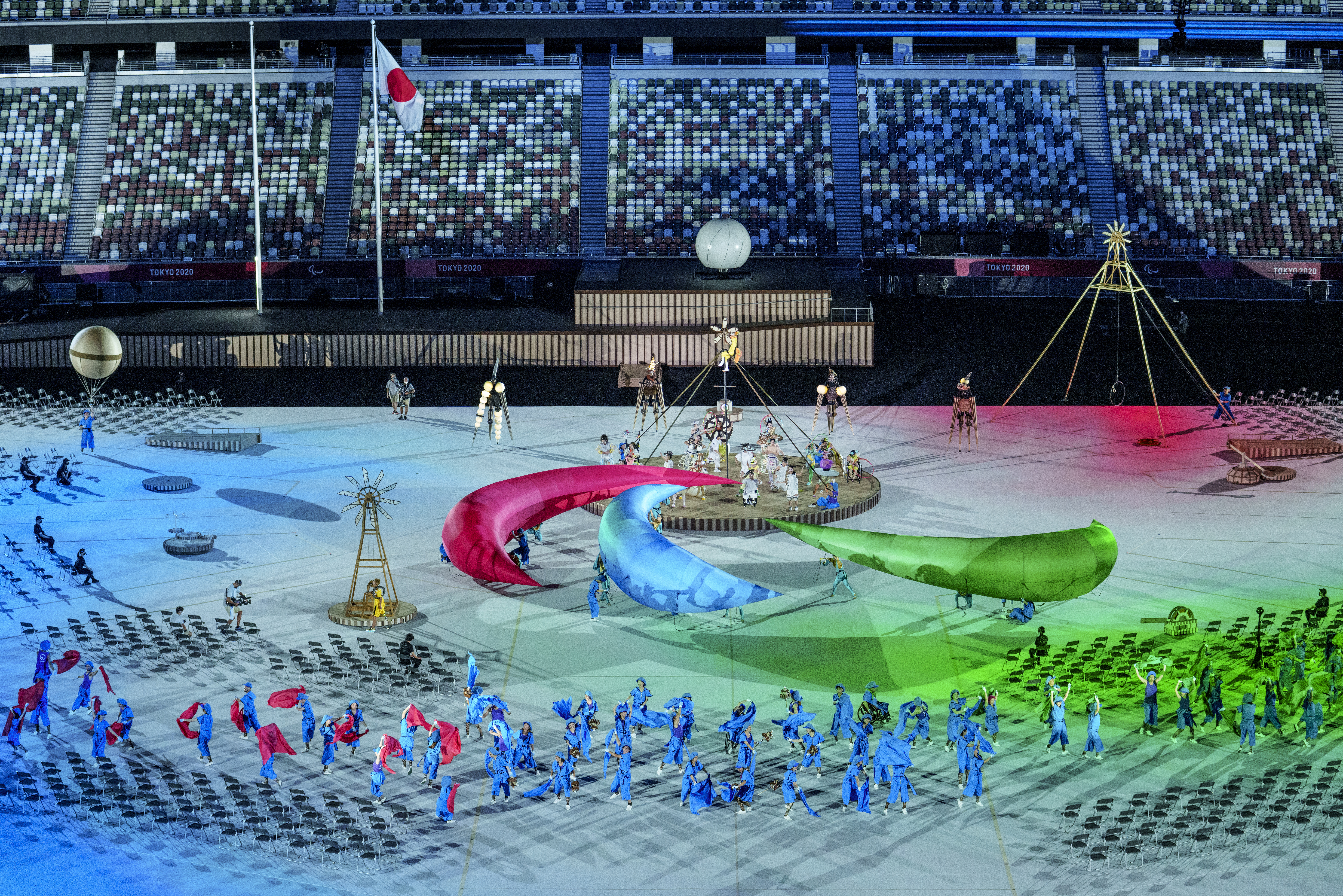Paralympic Games: Why is the Agitos logo used and not the Olympic rings and what does ‘para’ mean?
Competition’s three-swish insignia designed to reflect the spirit of its athletes
Your support helps us to tell the story
From reproductive rights to climate change to Big Tech, The Independent is on the ground when the story is developing. Whether it's investigating the financials of Elon Musk's pro-Trump PAC or producing our latest documentary, 'The A Word', which shines a light on the American women fighting for reproductive rights, we know how important it is to parse out the facts from the messaging.
At such a critical moment in US history, we need reporters on the ground. Your donation allows us to keep sending journalists to speak to both sides of the story.
The Independent is trusted by Americans across the entire political spectrum. And unlike many other quality news outlets, we choose not to lock Americans out of our reporting and analysis with paywalls. We believe quality journalism should be available to everyone, paid for by those who can afford it.
Your support makes all the difference.The Tokyo 2020 Paralympic Games is underway in Japan and already providing plenty of thrills, spills and displays of extraordinary personal fortitude and skill.
The competition was first staged in Rome in 1960 and born out of Dr Ludwig Guttman’s Stoke Mandeville Games for injured Second World War veterans in July 1948, which first went international in 1952 when Dutch ex-servicemen joined in.
While it is true that the Games were modelled on the spirit and format of the Olympics and features many of the same sports modified to suit those with disabilities or impairments, it is also very much its own tournament.
Sports like boccia and goalball have never been part of the Olympic roster, for instance, and the Paralympics has always had its own logo, distinct from the famous five rings.
The current design, which has been in use since 2004, consists of three curved brush strokes of red, blue and green and is known as the Agitos, Latin for “I move”, a phrase intended to encapsulate both the physical momentum of the athletes taking part and the positive, progressive nature of the Paralympic movement itself.
Its colours were chosen to incorporate the three shades most commonly used on flags around the world and, as a whole, the logo was created to express visually the four core values of the competition: courage, determination, inspiration and equality.
Each swish veers its own way, none is quite the same as another, but all three ultimately belong together.

As for the name of the Games, the “para” prefix was taken from the Greek for “beside” or “alongside”, creating a new word that conveys the affinity between the two events.
“Its meaning is that Paralympics are the parallel Games to the Olympics and illustrates how the two movements exist side-by-side,” explains the International Paralympic Committee.
ParalympicsGB have made a flying start in Tokyo, already picking up golds in the track cycling and swimming, with the likes of Dame Sarah Storey and Maisie Summers-Newton taking starring roles.



Join our commenting forum
Join thought-provoking conversations, follow other Independent readers and see their replies
Comments